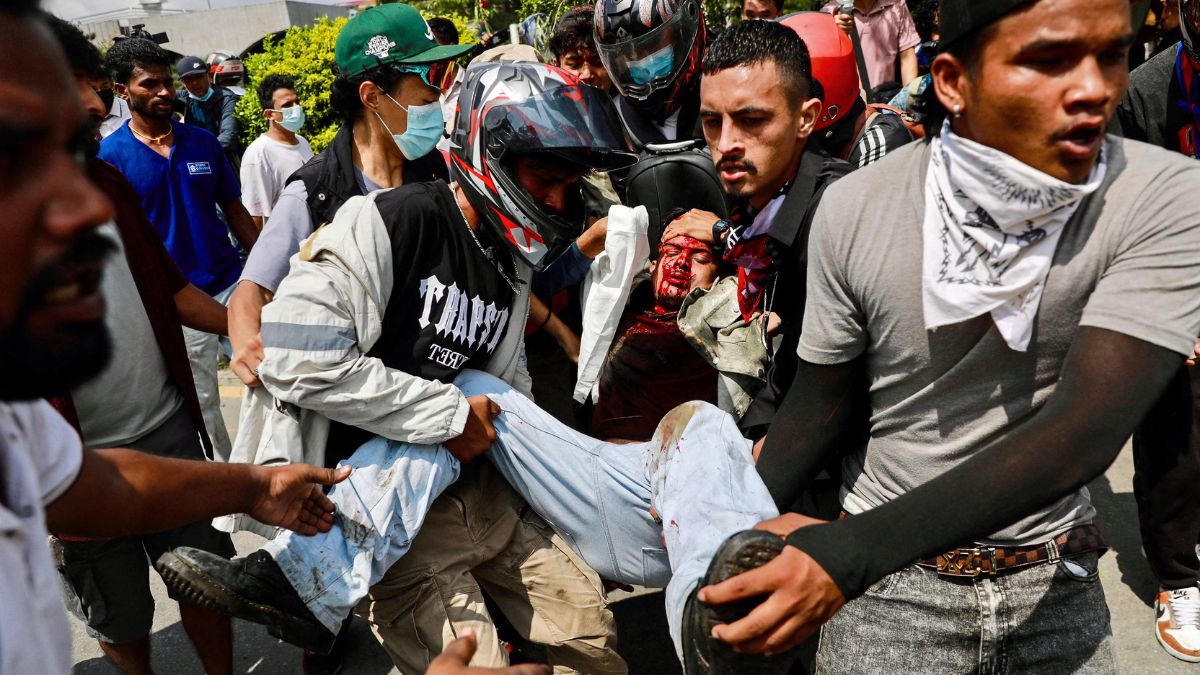A day after Nepali police’s crackdown killed at least 19 protesters and injured hundreds, India has called for “restrain” and asked its nationals to “exercise caution”.
Several thousands of Nepalis took to streets across the country on Monday in youth-led protest against the government’s corruption and ban on social media. The police crackdown killed at least 19 protesters — 17 in the capital Kathmandu and two in eastern Nepal’s Sunsari district. Hundreds were injured.
The Ministry of External Affairs (MEA) on Tuesday said it was “closely monitoring” the developments and was saddened at the loss of many young lives. It further advised Indians to exercise caution and hoped for restrain in the county.
“As a close friend and neighbour, we hope that all concerned will exercise restraint and address any issues through peaceful means and dialogue. We have also taken note that authorities have imposed curfew in Kathmandu and several other cities of Nepal. Indian nationals in Nepal are advised to exercise caution and adhere to the steps and guidelines issued by the Nepali authorities,” the MEA said in a press release.
ALSO READ — Explained: Nepal’s Gen-Z protests and the ‘nepo kids’ connection
In the political fallout of protesters’ killings, Nepali Home Minister Ramesh Lekhak and Agriculture Minister Ramnath Adhikari have resigned . The protesters, opposition political parties, and sections of the Nepali media have called for Prime Minister KP Sharma Oli’s resignation as well.
Impact Shorts
More ShortsSeveral thousands of Nepali youngsters took to streets in Kathmandu and several other cities in protest against Oli’s government. They carried placards with slogans such as “Shut down corruption and not social media”, “Unban social media”, and “Youths against corruption”, according to Reuters.
As thousands of protestors, many of them in school or college uniforms, marched towards the parliament, the police set up barricades. However, as they breached the restricted zone and entered the parliament premises, the police responded with water cannon, tear gas, and live bullets, according to The Kathmandu Post.
While the immediate trigger of youth-led protests, being dubbed the ‘Gen Z protest’, was the government’s decision to ban 26 social media platforms, including Facebook, Instagram, and X, for not complying with the government’s policy, the ban merely brought public’s anger against Nepal’s political instability, consecutive governments’ failures to address their concerns, and a widespread sense of rampant corruption in the government to the fore.
The Oli government on Monday evening withdrew the ban on social media. But protests against his government have continued despite curfew.
)